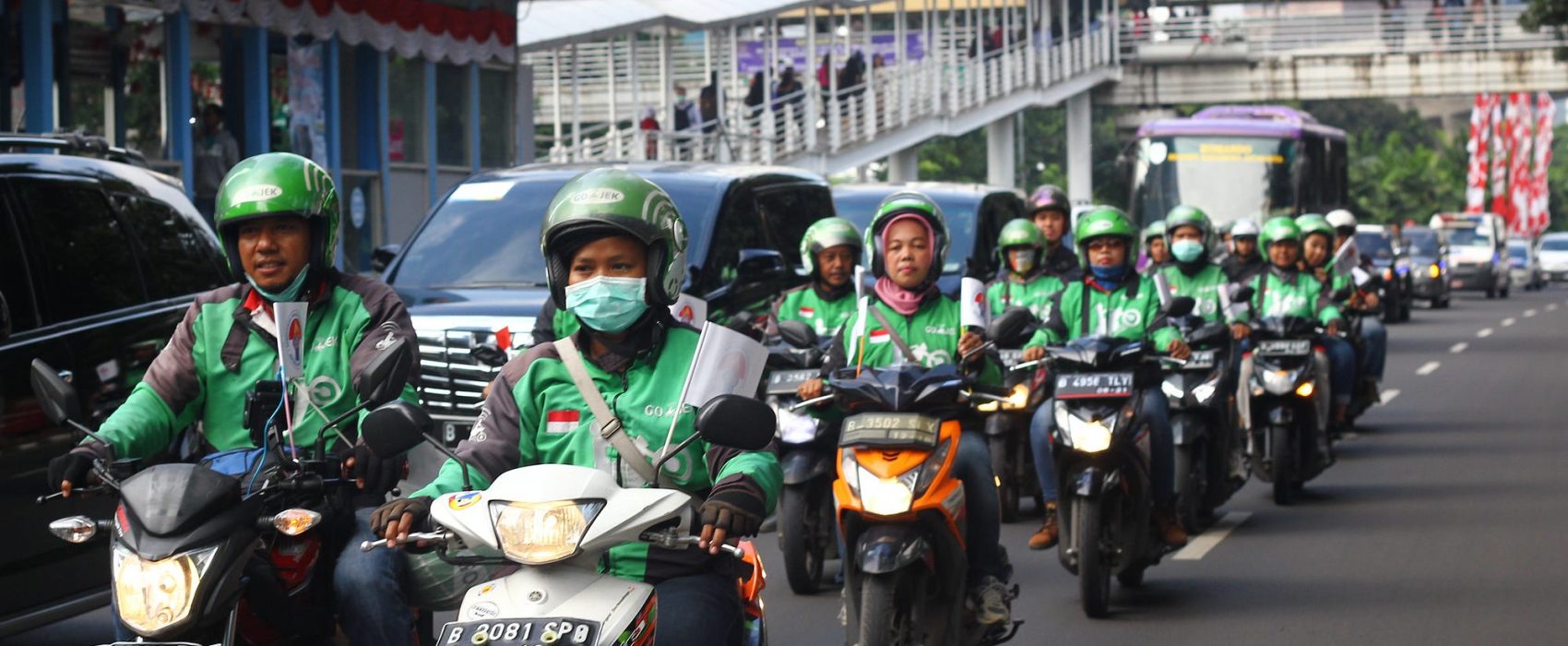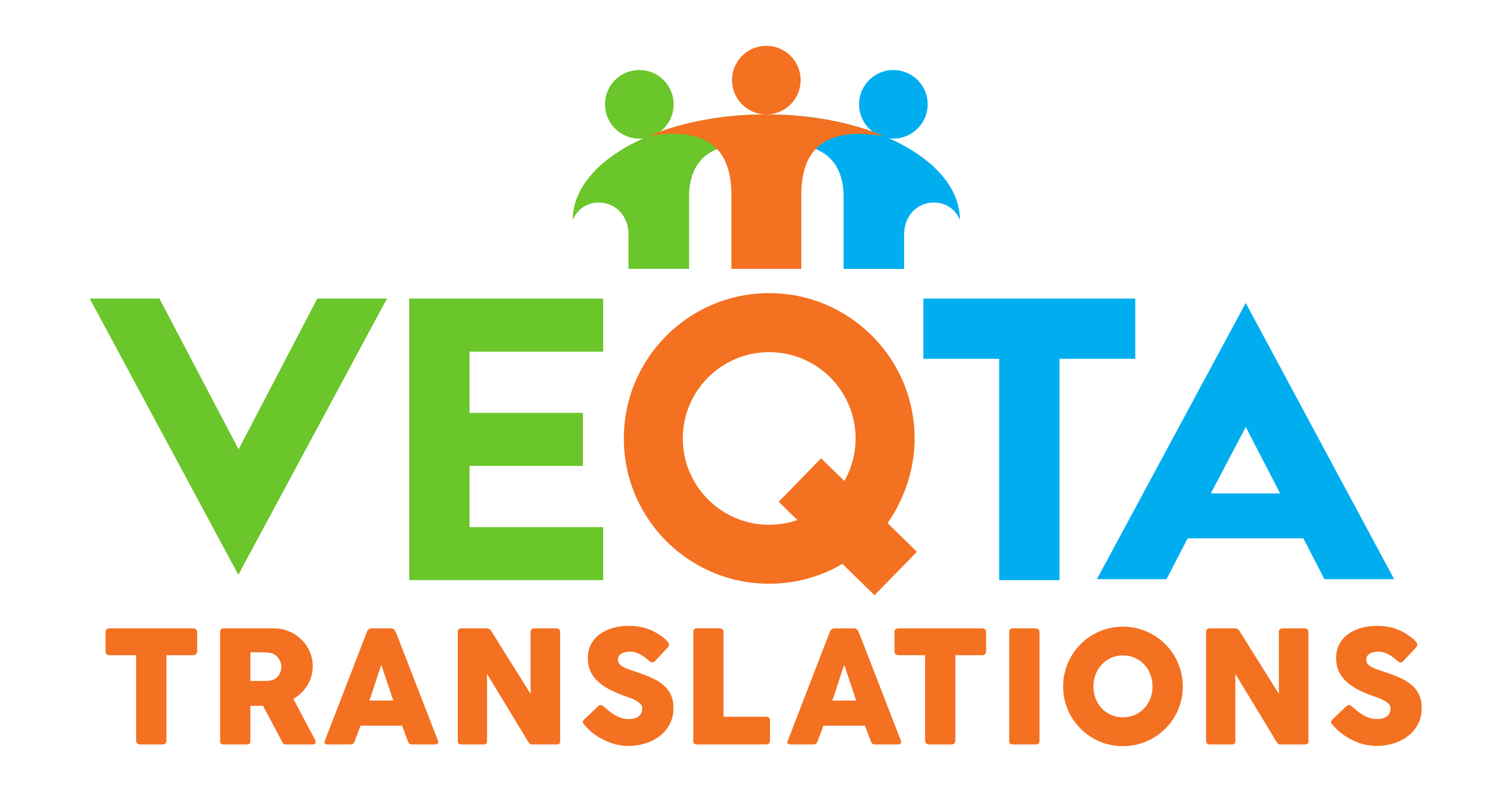Indonesia’s digital economy has rapidly evolved, and at the forefront of this transformation stand Gojek and Tokopedia — two of the nation’s most recognizable tech giants. Their merger under the GoTo Group marked not just a corporate milestone but also a cultural one. When these brands set their sights on global expansion, effective Indo to English Localization became central to their rebranding strategy. Translating apps, marketing campaigns, and cultural tone required far more than linguistic precision — it demanded cultural fluency. In this article, we’ll unpack six critical lessons from Gojek and Tokopedia’s rebranding that demonstrate how localization shapes brand identity, trust, and international appeal.
Lesson 1: Localization Is Brand Identity, Not Just Language
When Gojek entered foreign markets, its team didn’t just translate its app interface — it refined how users felt about the brand. “GoRide” and “GoFood” became intuitive in English, while maintaining the brand’s original energetic tone. Localization bridged cultures without erasing Indonesian roots.
Lesson 2: Visual Design Reinforces Localization
Beyond words, visual cues like fonts, color psychology, and iconography were adapted. For example, Tokopedia softened its green palette for broader international accessibility, signaling inclusivity and modernity — a subtle yet powerful global cue.
Lesson 3: Humor and Context Require Transcreation
In Indonesia, humor often carries social undertones tied to collectivism and humility. Translators had to transcreate marketing content — preserving emotion and context while reimagining jokes for English-speaking users without losing authenticity.
Lesson 4: Terminology Consistency Builds Trust
Localization involved building comprehensive glossaries. Consistency in terms like “driver-partner” instead of “employee” highlighted cultural and operational values. Consistent tone builds brand reliability across languages.
Lesson 5: Feedback Loops Are Essential
Gojek’s localization process included iterative testing with English-speaking users. This human-centered feedback ensured clarity in call-to-actions, especially in navigation and support menus.
Lesson 6: Cultural Authenticity Wins Over Neutrality
Instead of diluting Indonesian identity, both brands leaned into their heritage. Gojek’s “community-first” messaging translated as “powered by people” — a phrase that captures both global resonance and local spirit.
Conclusion
The Gojek and Tokopedia localization journey teaches that successful global communication comes from adaptation, not erasure. Their Indo-to-English transformation is proof that great localization respects context, champions clarity, and celebrates culture.
FAQs
1. What was the biggest localization challenge for Gojek?
Adapting cultural humor and maintaining tone consistency across English-speaking audiences.
2. How does Tokopedia localize its user experience?
By simplifying language layers and enhancing design accessibility for global users.
3. What is the GoTo Group?
A merger between Gojek and Tokopedia, creating Indonesia’s leading tech ecosystem.
4. What makes Indonesian localization unique?
Its blend of cultural humility, collectivist tone, and emotional warmth.
5. Why is Indo to English Localization vital for startups?
It bridges meaning and marketability, ensuring cultural nuance resonates globally.

Home
Blog, Localization, TranslationHow Gojek and Tokopedia Rebranded for Global Audiences — 6 Lessons in Indonesian-to-English Localization
How Gojek and Tokopedia Rebranded for Global Audiences — 6 Lessons in Indonesian-to-English Localization
Written by Lawrence Retales• October 16, 2025
Recent Posts
- From French Metaphors to English Clarity: A Case Study in Scientific Translation
- Localization Tactics: How French Marketing Content Is Adapted for English Audiences
- Challenge Sets in French → English MT: 7 Linguistic Divergences That Trip Up AI
- 10 Common Errors in Student French-to-English Translation and How to Avoid Them
- 8 Translation Pitfalls in French-to-English Localization: Insights from Norms-of-Substitution Studies
Translation & Localization Services in Over 200 Languages

Copyright © 2025 - VEQTA Translations Pte Ltd
